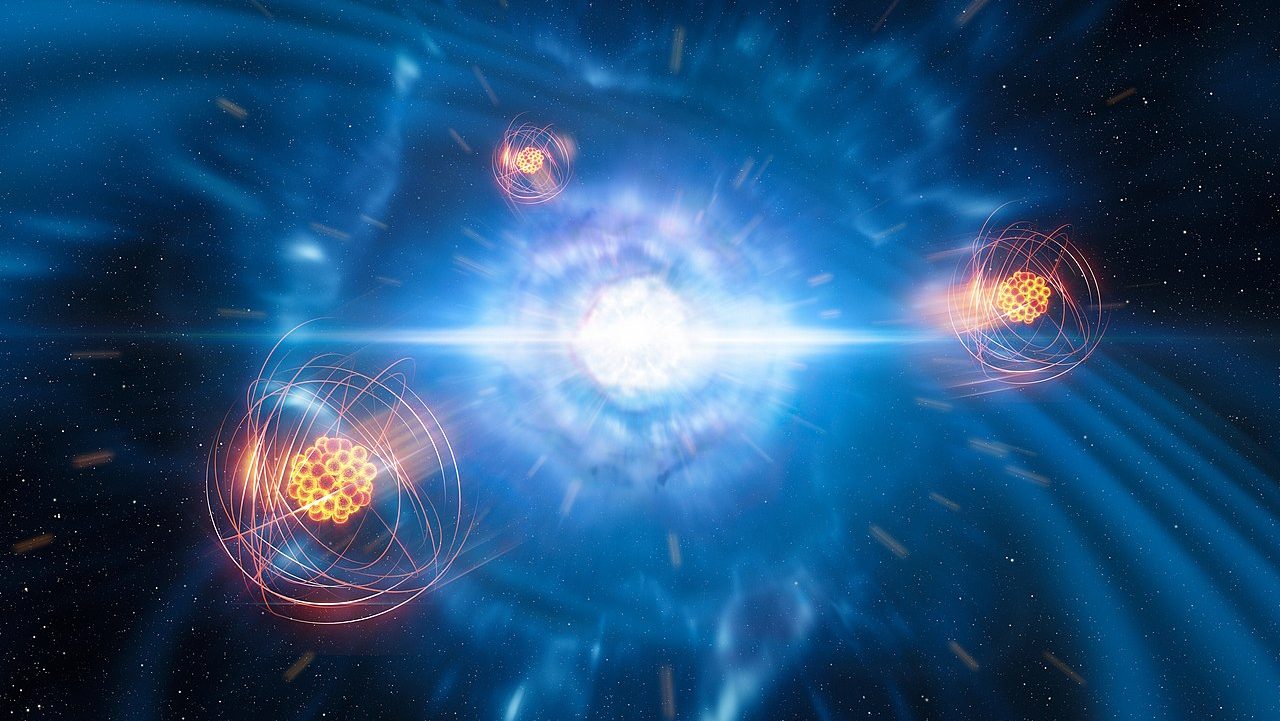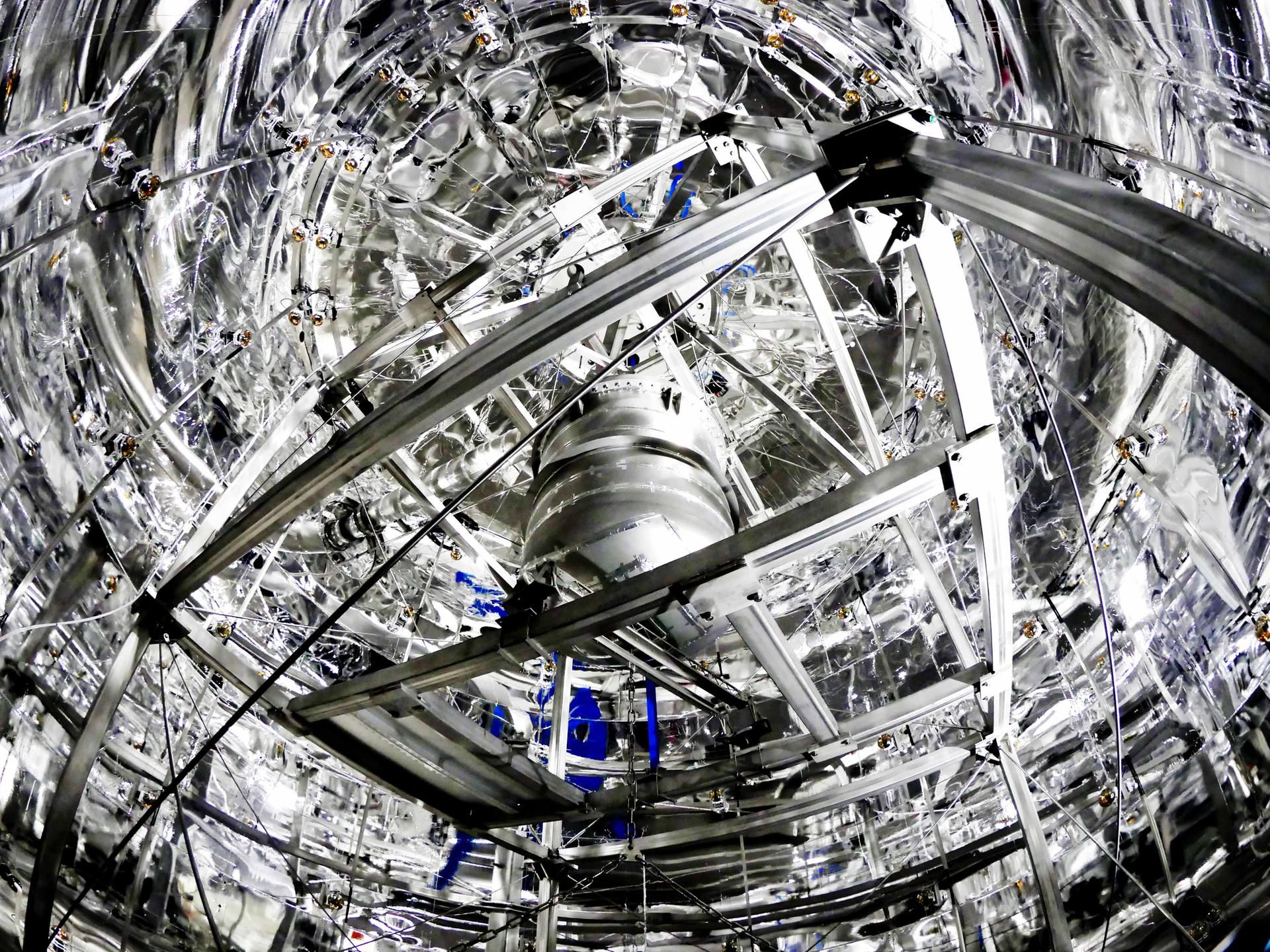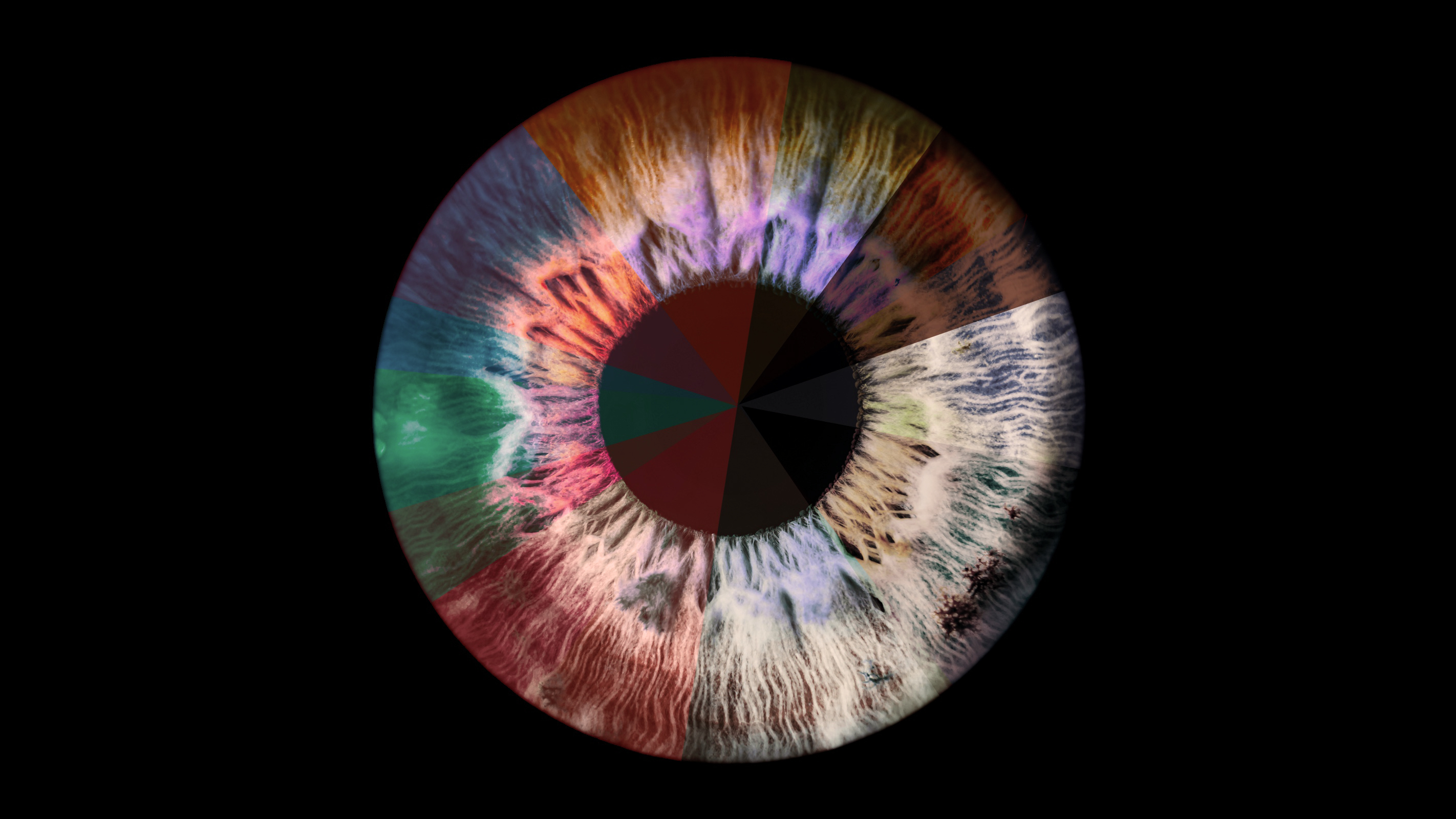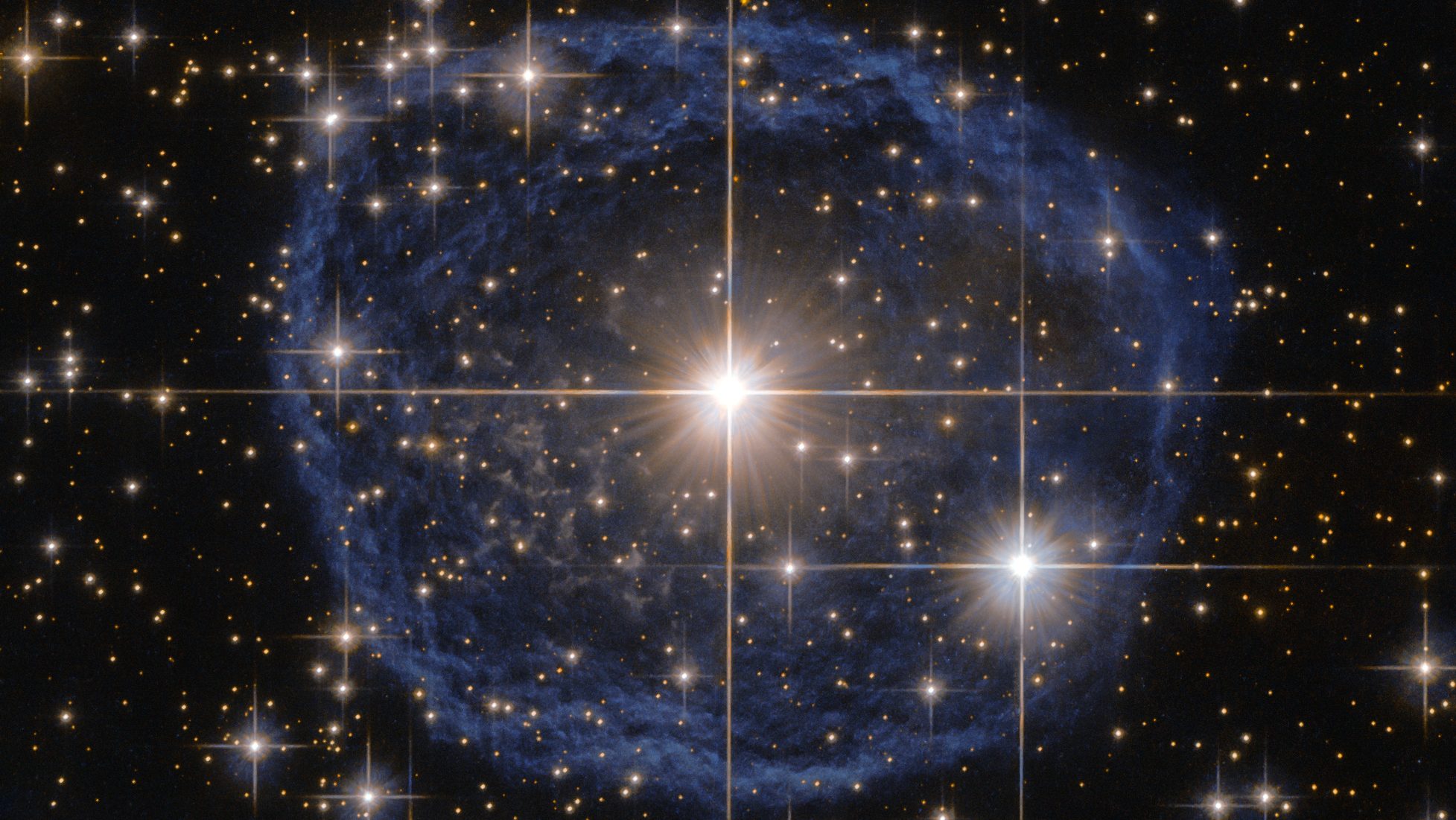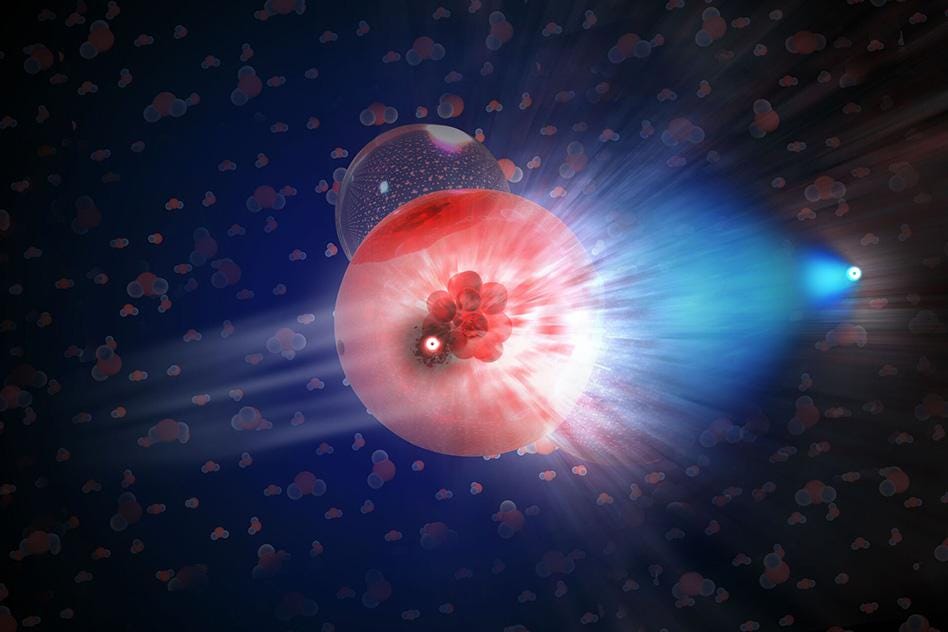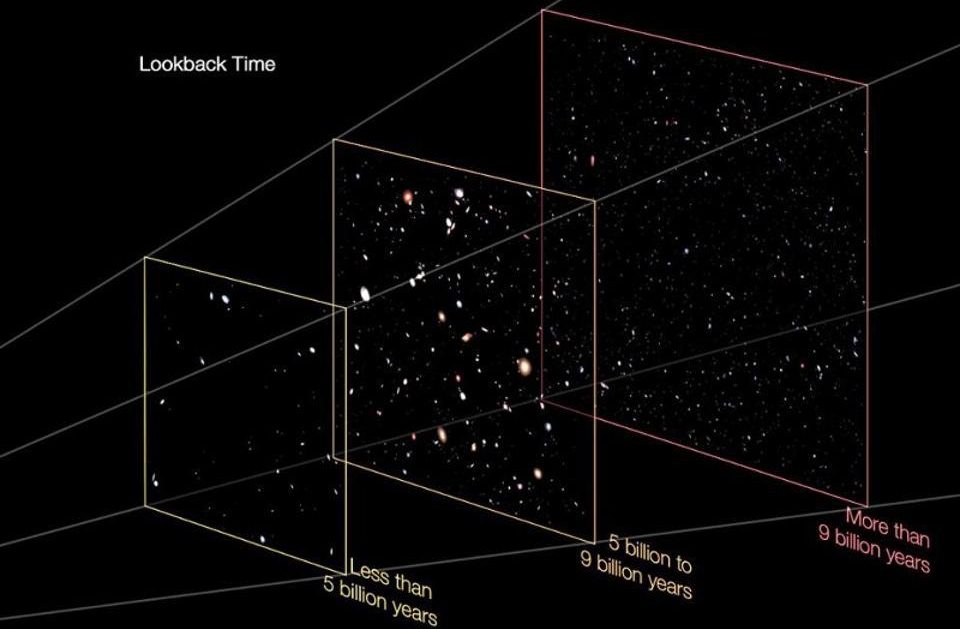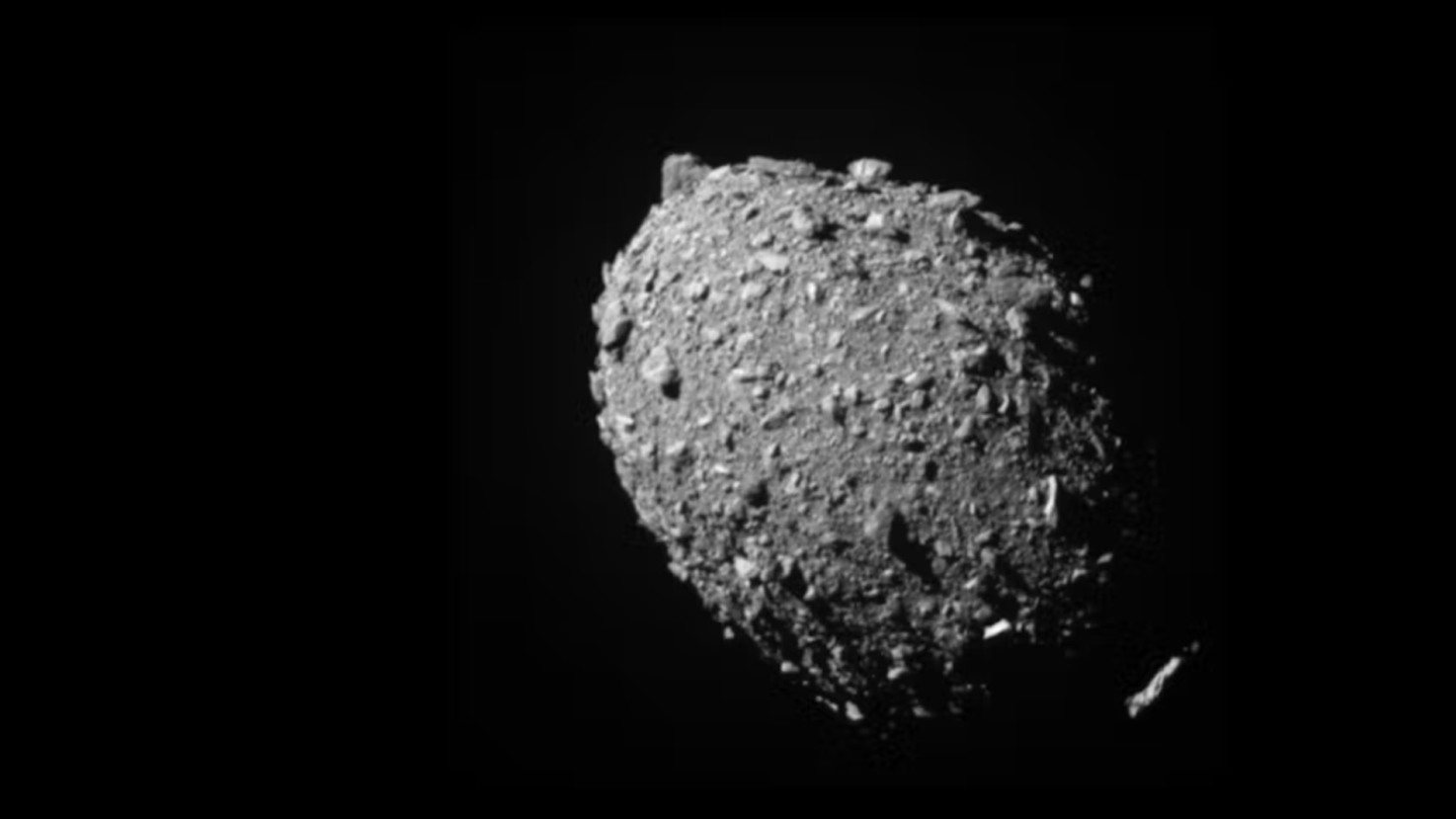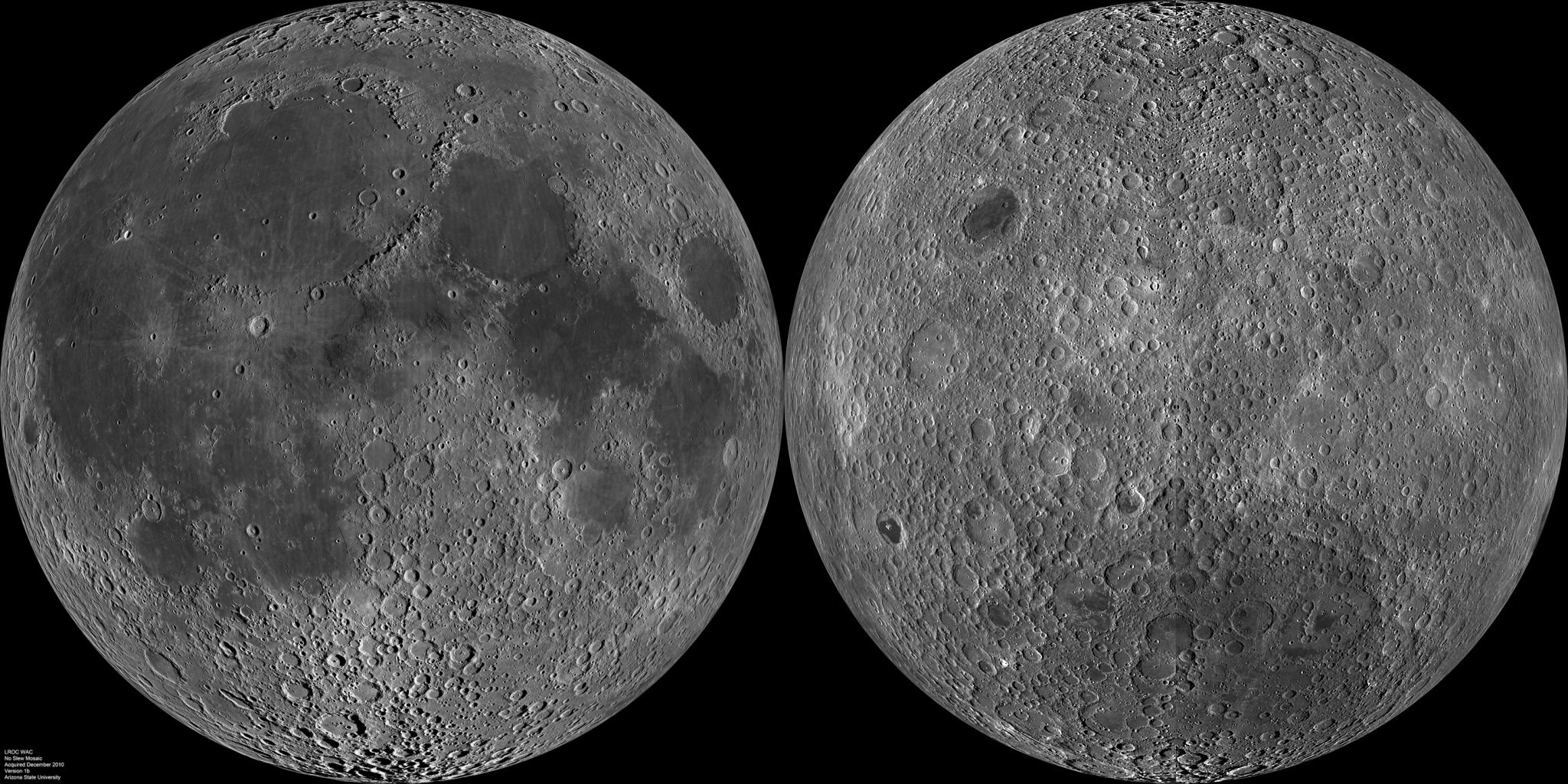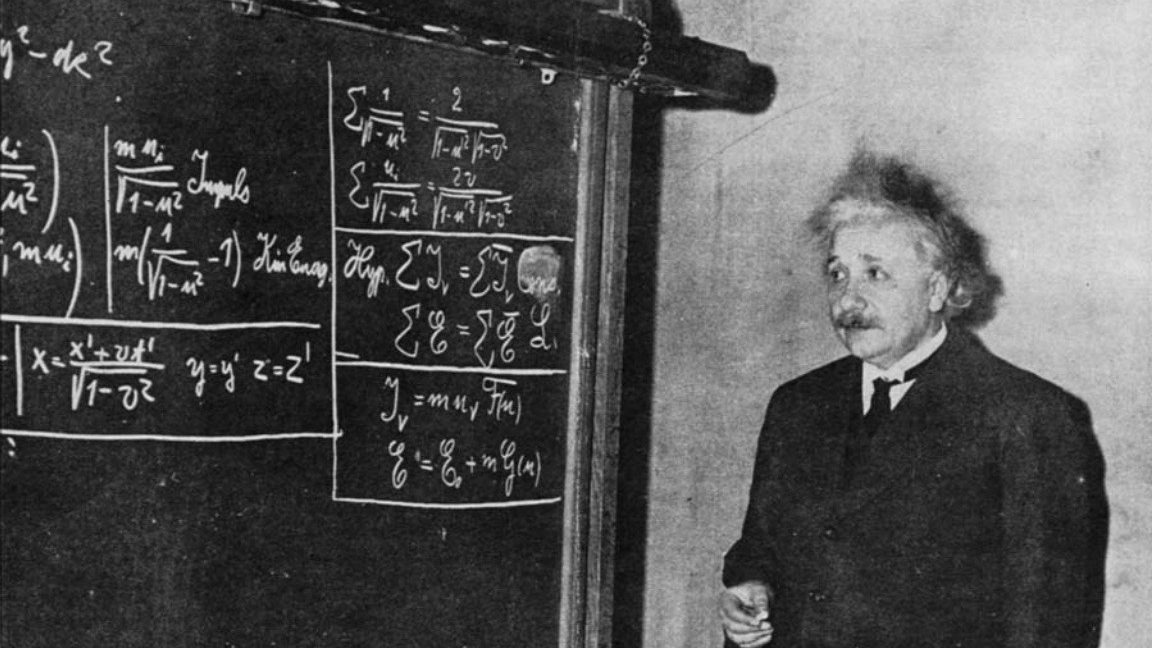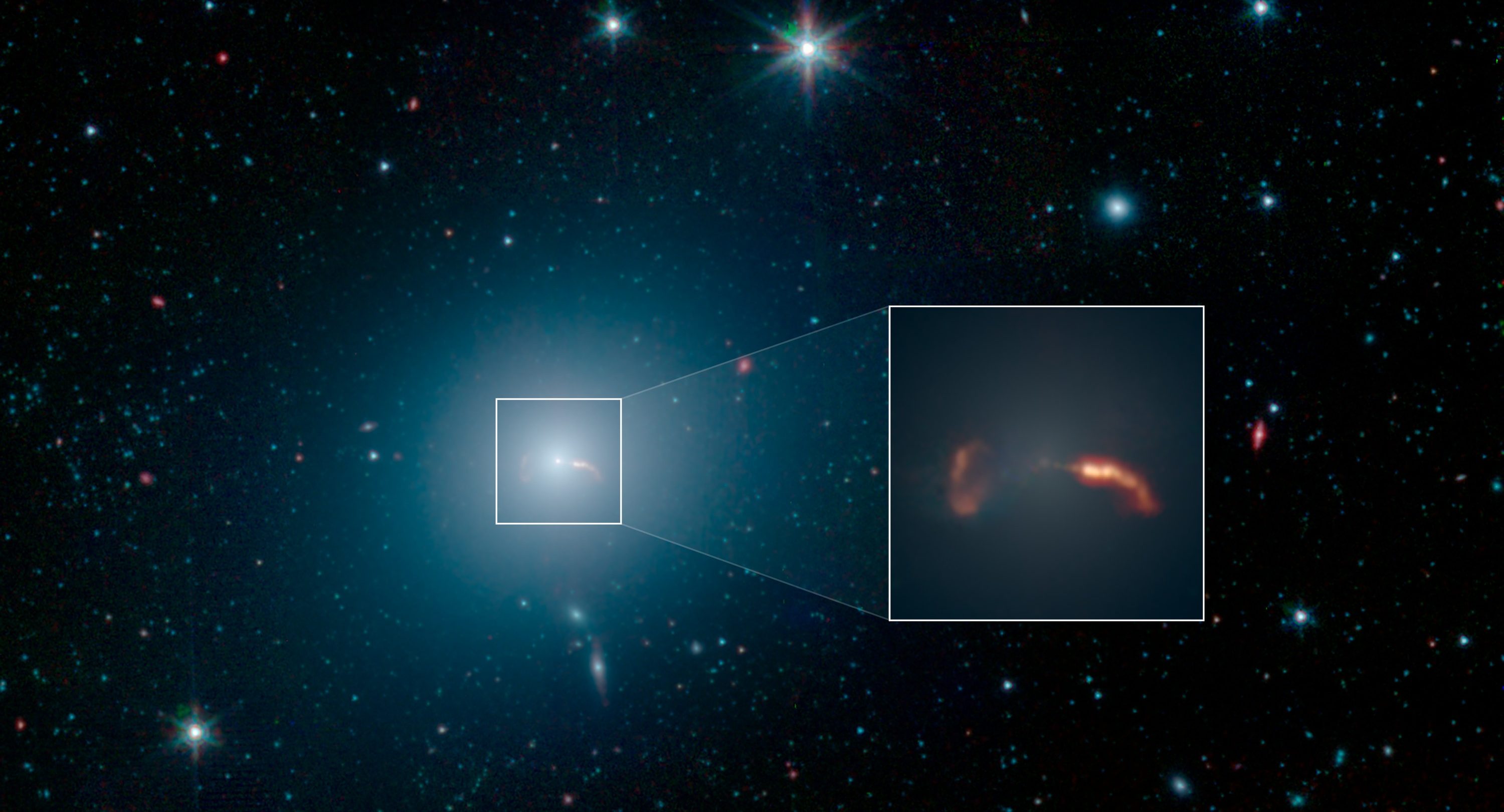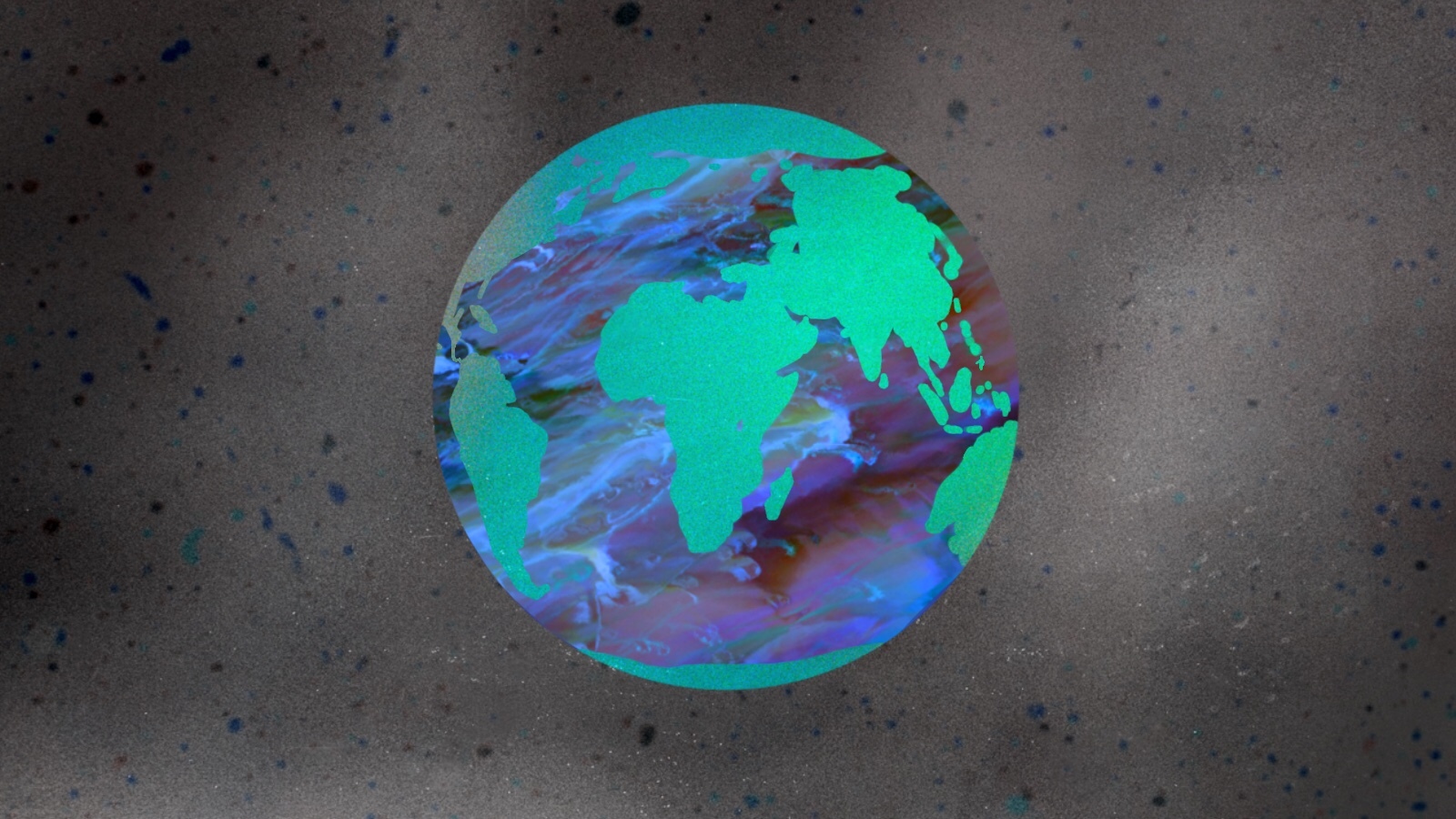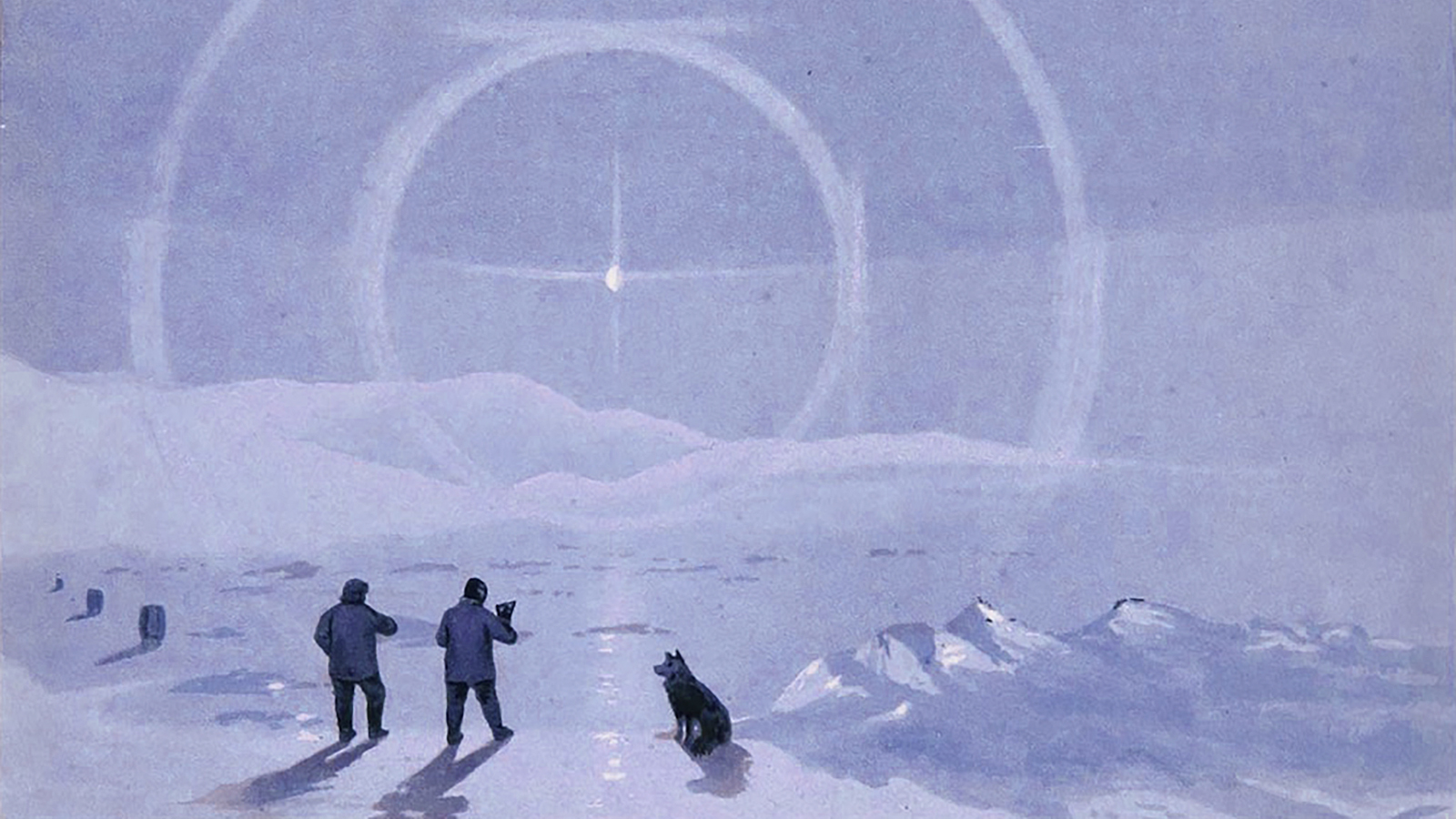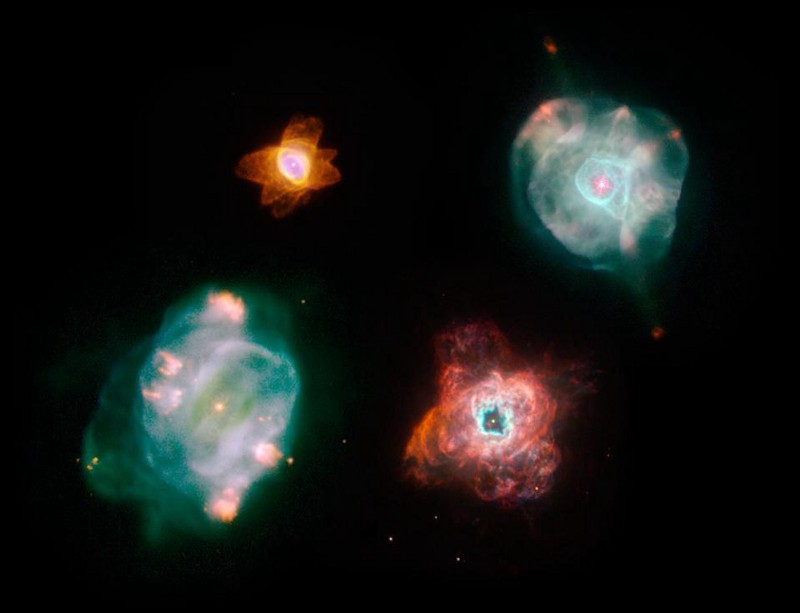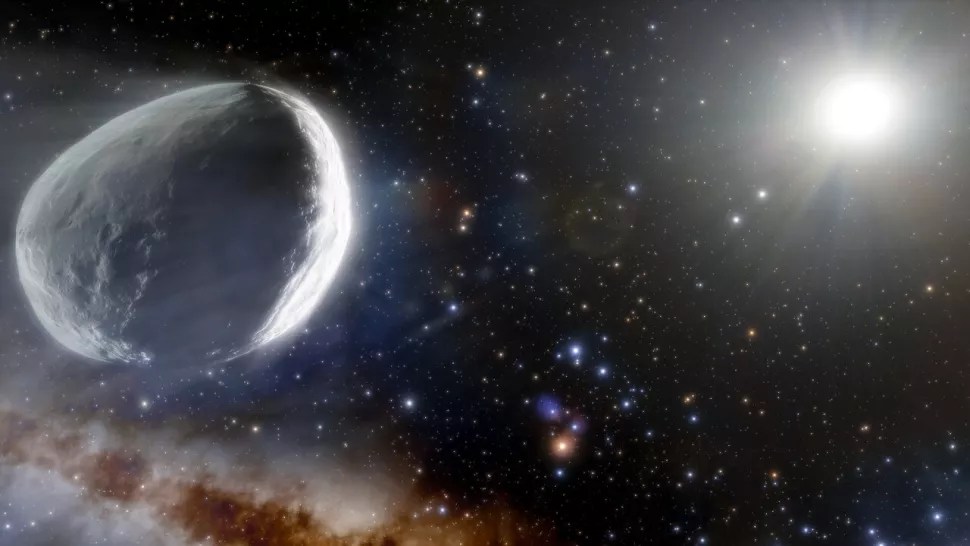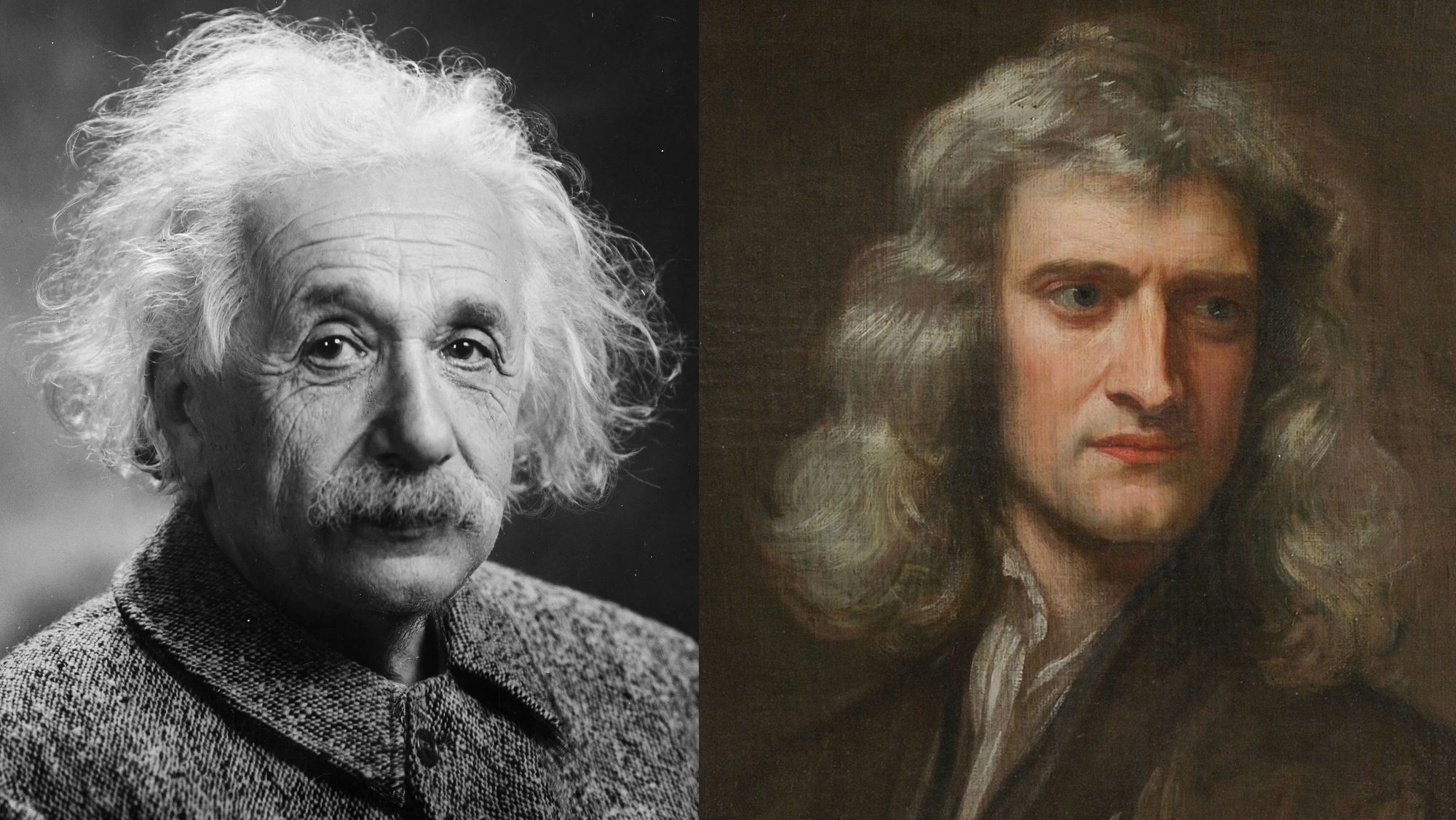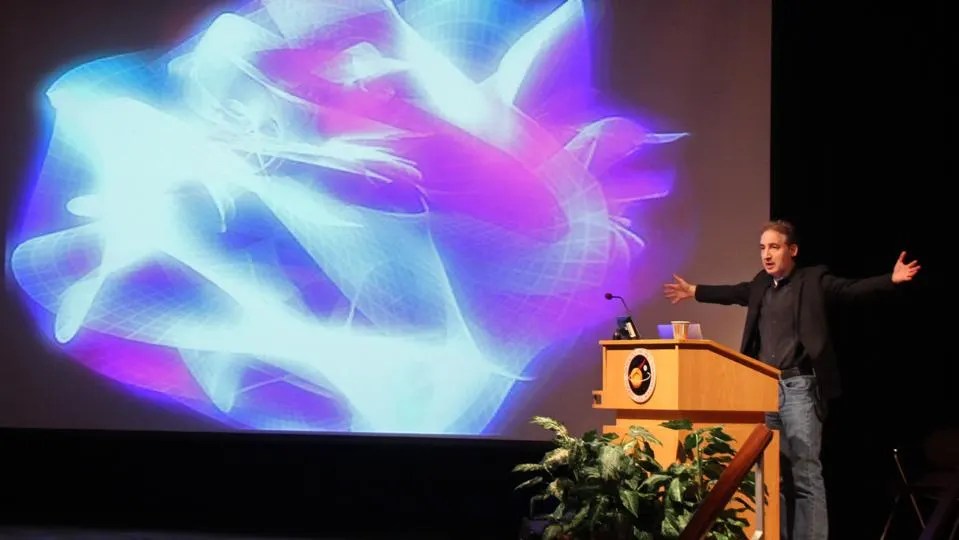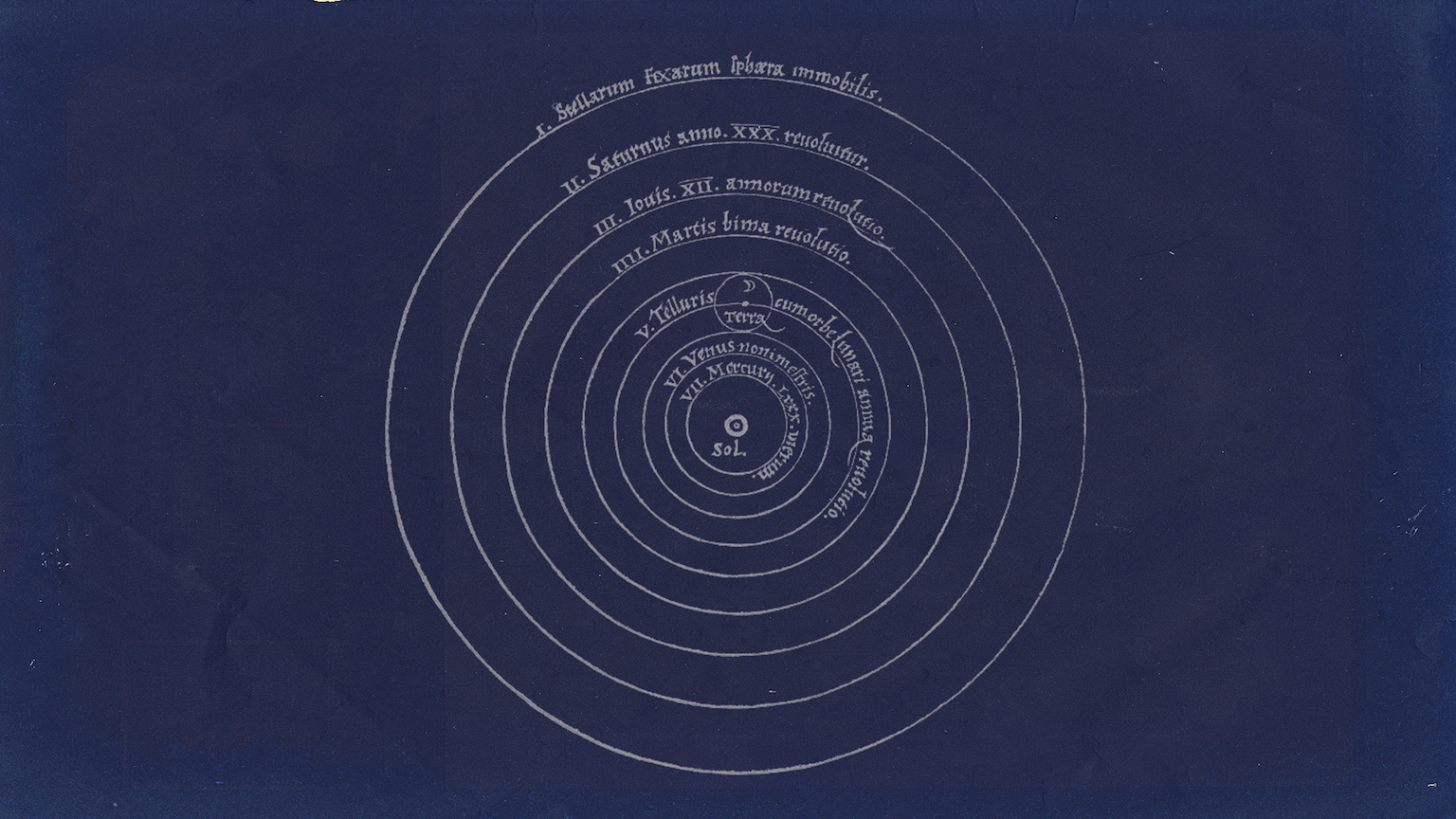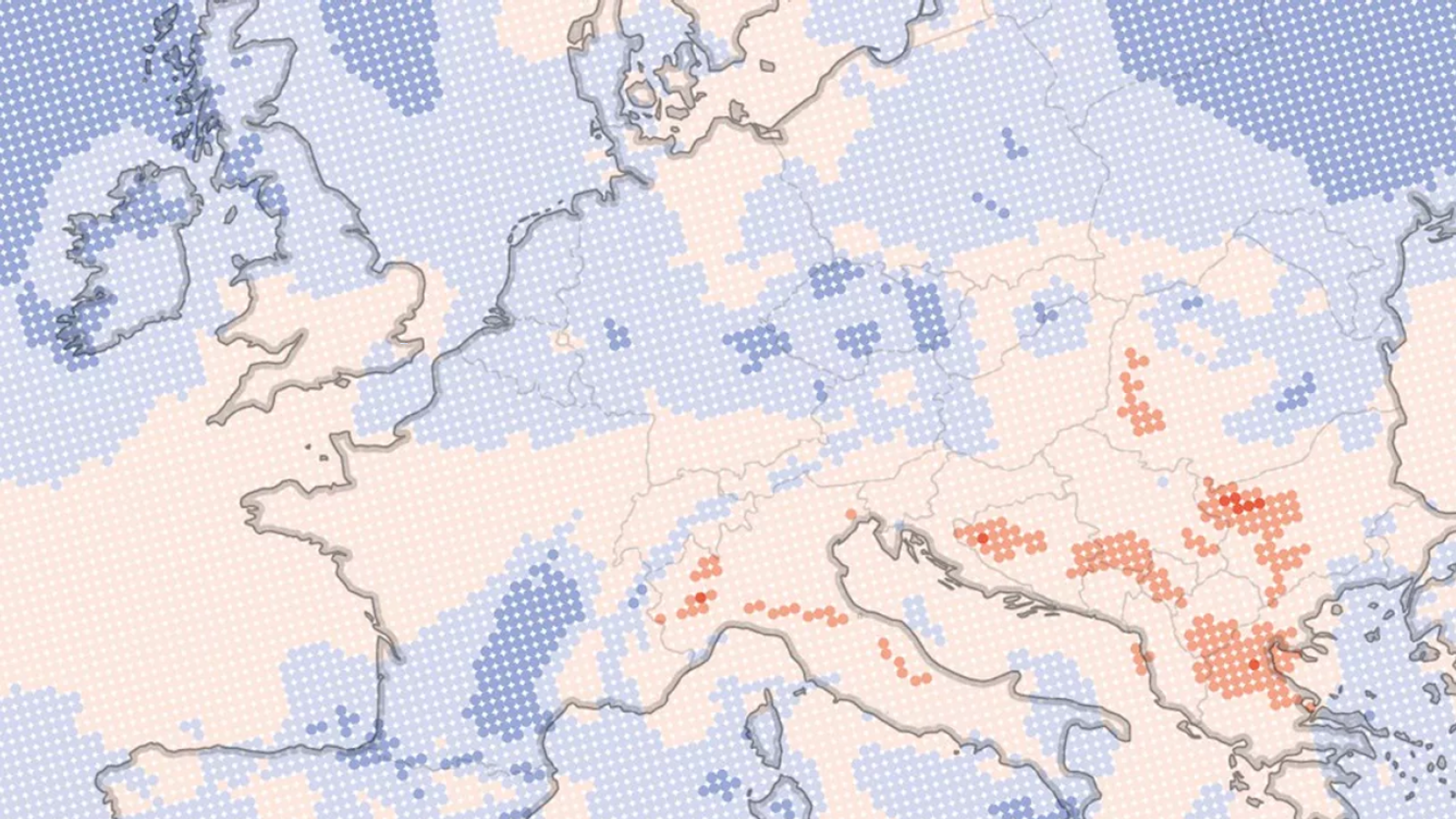When plans fall apart, adaptability can build something better.
Search Results
You searched for: sun
From physics and alchemy to theology and eschatology, Isaac Newton’s research was rooted in a personal pursuit of the Divine.
In the spirit of the 1969 moon landing, we now have a golden opportunity to pursue “nondisruptive” creative solutions.
From LIGO, there weren’t enough neutron star-neutron star mergers to account for our heavy elements. With a JWST surprise, maybe they can.
With a bigger, better, and more sensitive detector, the XENON collaboration joins LZ and PANDA-X in constraining WIMP dark matter.
Steam cars hit the U.S. market in the 1890s but were largely extinct by the 1930s. Will technology bring them back?
Eyes with lower pigment (blue or grey eyes) don’t need to absorb as much light as brown or dark eyes before this information reaches the retinal cells. This might provide light-eyed people with some resilience to SAD.
The most common element in the Universe, vital for forming new stars, is hydrogen. But there’s a finite amount of it; what if we run out?
Electromagnetism, both nuclear forces, and even the Higgs force are mediated by known bosons. What about gravity? Does it require gravitons?
Searching for dark matter, the XENON collaboration found absolutely nothing out of the ordinary. Here’s why that’s an extraordinary feat.
For nearly 60 years, the hot Big Bang has been accepted as the best story of our cosmic origin. Could the Steady-State theory be possible?
The DART mission tested whether it’s possible to deflect an asteroid by crashing something into it.
Here’s what the weather phenomenon baking large parts of the country actually means.
“Even with my training, I still got insights from the book’s descriptions. That’s how good Carroll is at explaining physics.”
Lasers, mirrors, and computational advances can all work together to push ground-based astronomy past the limits of our atmosphere.
Following the advent of human space flight, NASA began naming missions after children of Zeus.
The near and far sides of the Moon are so different from each other, and no one is sure why. New lunar samples could confirm a wild theory.
Beyond stars, galaxies, and gravity, studying the fundamental workings of nature reveals widely applicable lessons for learners everywhere.
Nothing can escape from a black hole. So where do Hawking radiation, relativistic jets, and X-ray emissions around black holes come from?
This company uses thousands of mirrors, AI, and machine learning to unlock the power of the sun.
▸
9 min
—
with
We cannot afford to dream about living on other worlds while we continue to destroy ours.
What we’ve learning from the world’s coldest, most forbidding, and most peaceful continent.
There really might be extraterrestrials out there, attempting to make contact. Here’s how science, not fiction, is attempting to find them.
50% of stars are in Sun-like ‘singlet’ systems. The planetary nebulae we see just don’t line up. Around 7 billion years from now, our Sun’s life will end. As the Sun […]
The search for worlds outside our solar system has just turned up a planet, TOI-2257 b, with a truly extreme orbit.
A new study shows that the Bernardinelli-Bernstein Comet is much larger than previously thought — potentially the largest ever spotted.
Einstein’s general relativity has reigned supreme as our theory of gravity for over a century. Could we reduce it back down to Newton’s law?
Inflation, dark matter, and string theory are all proposed extensions to the prior consensus picture. But what does the evidence say?
The Copernican principle states that Earth is an ordinary planet, but that does not mean that life is ordinary in the universe.
You might think it’s impossible to run out of wind, but Europe’s “wind drought” proves otherwise. And it’s only going to get worse.



